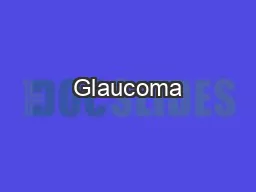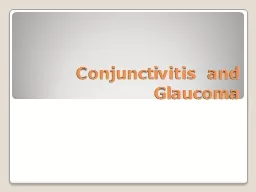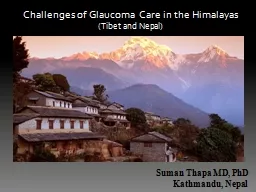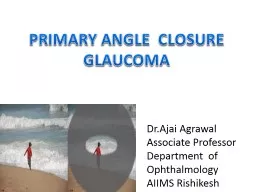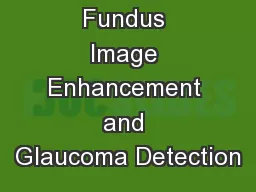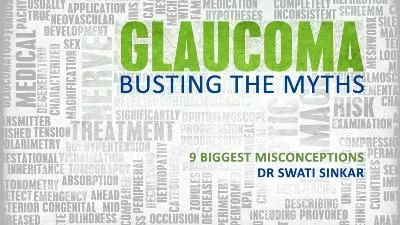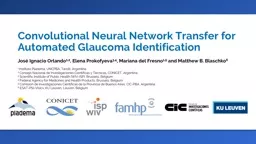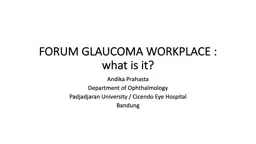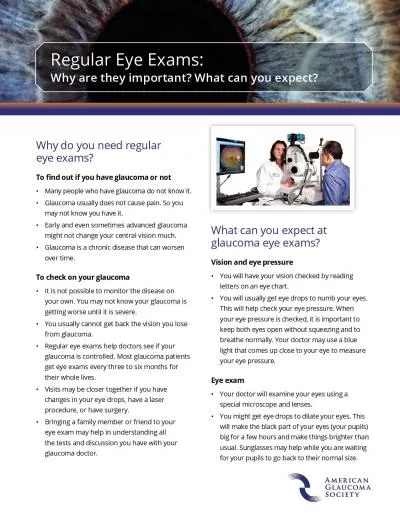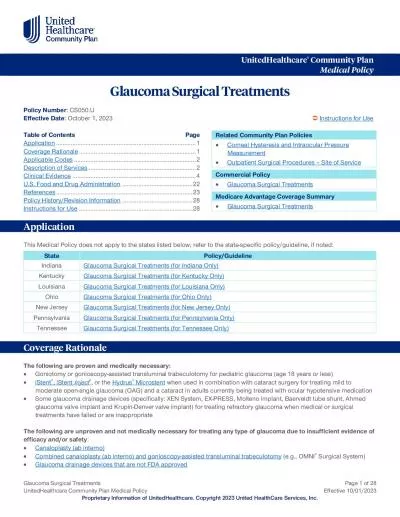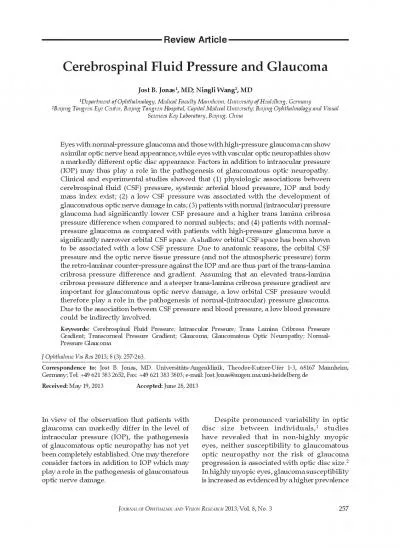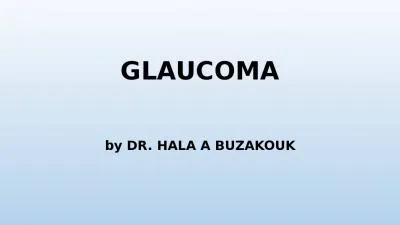PPT-Secondary Glaucoma Dated : 05-05-2017
Author : eve | Published Date : 2022-06-14
Prof Sanjeev Kumar Mittal Definition Types Causes Treatment Secondary Glaucoma Conditions with raised intraocular pressure due to pre existing ocular causes
Presentation Embed Code
Download Presentation
Download Presentation The PPT/PDF document "Secondary Glaucoma Dated : 05-05-201..." is the property of its rightful owner. Permission is granted to download and print the materials on this website for personal, non-commercial use only, and to display it on your personal computer provided you do not modify the materials and that you retain all copyright notices contained in the materials. By downloading content from our website, you accept the terms of this agreement.
Secondary Glaucoma Dated : 05-05-2017: Transcript
Download Rules Of Document
"Secondary Glaucoma Dated : 05-05-2017"The content belongs to its owner. You may download and print it for personal use, without modification, and keep all copyright notices. By downloading, you agree to these terms.
Related Documents


